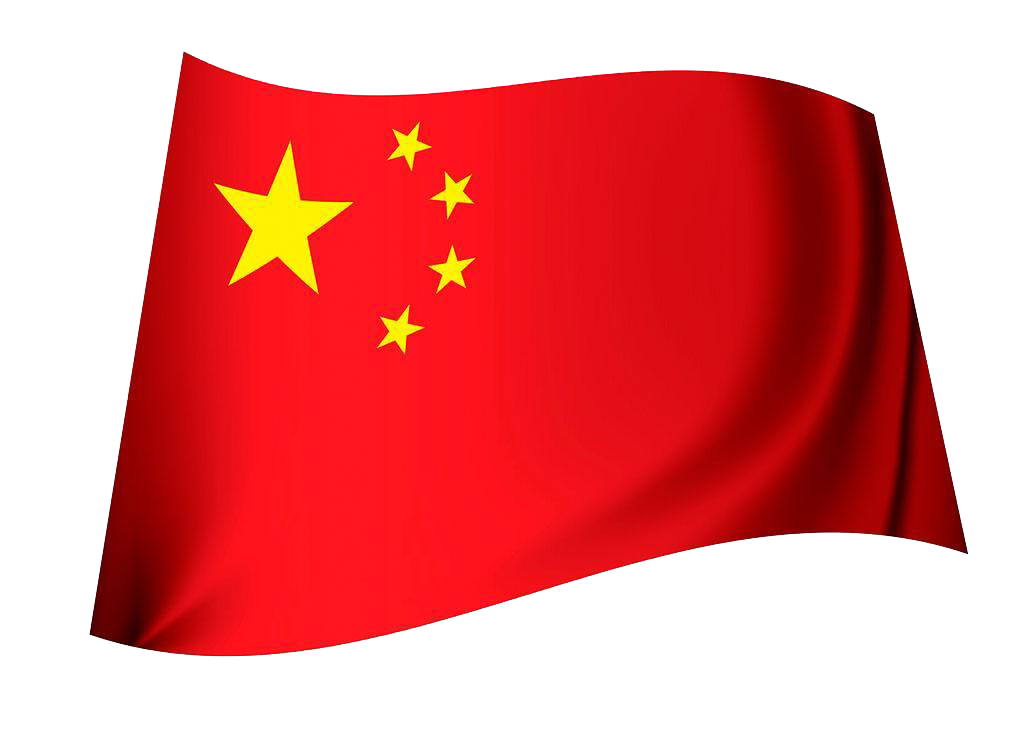The Advantages of Water Jet Cutting
by:SUMWIC Machinery
2020-04-26
Water jet cutting has become one of the most preferred precision cutting methods. More businesses - from machine shops and architects to model shops and manufacturers - around the United States are utilizing the technology to slice metal into a finished part. To properly program and operate a water jet table takes much training, like many computerized CAD systems. Still, there is growing interest in the profession for a variety of reasons, the first being industrial.
The pure water jet cutting process is like machine-operated erosion, taking a small stream and pushing it through a tiny (as small as.010 inches) nozzle at a very high pressure (900-plus mph). The first commercial applications date back to the 1970s, when water jetting was used first to cut corrugated cardboard. Now, tables cut cardboard, plastic, foams, sealants and other soft materials.
Abrasive cutting or abrasive jets became common in the 1980s. Abrasive jets combine water and a coarse substance, like garnet, and require three additional components - a garnet hopper, metering device and mixing chamber - to cut through hard materials, like copper, brass, aluminum, steel, glass, ceramic, quartz or stone. Items made from these materials include gears and other parts, as well as pieces for artists.
Some of the other benefits of water jet cutting include:
1. No heat-affected zones (HAZ) are produced. Traditional machinery requires a lot of heat. This heat can transfer over to the material and cause HAZs, which lead to the item's inherent structure and intrinsic properties being altered, warped or melted. Water jet cutting does not change any properties when making the final product.
2. The cutting jet never gets dull and is incapable of overheating. Another important safety feature is most tables will automatically drop the water pressure to safe levels to prevent injury or harm to the operator. Also, no harmful dust or particles are emitted during the process.
3. Jet cutting is among the most efficient of precision cutting tools. Tables can be automated and parts are produced quickly. Traditional machining calls for detailed prints and the skillful hands of a machinist, while all a waterjet needs is the dimensions plugged in.
4. There is little to no waste, as the water stream's kerf width is very small and precise.
5. With this process, what you see is what you get. Finish grinding and sanding are eliminated, as there are no blurs or rough edges.
Water jet tables can also compliment router, laser and milling machines. Jet cutting offers opportunities for increased abundance and profits by working quickly and wasting little.
Custom message














